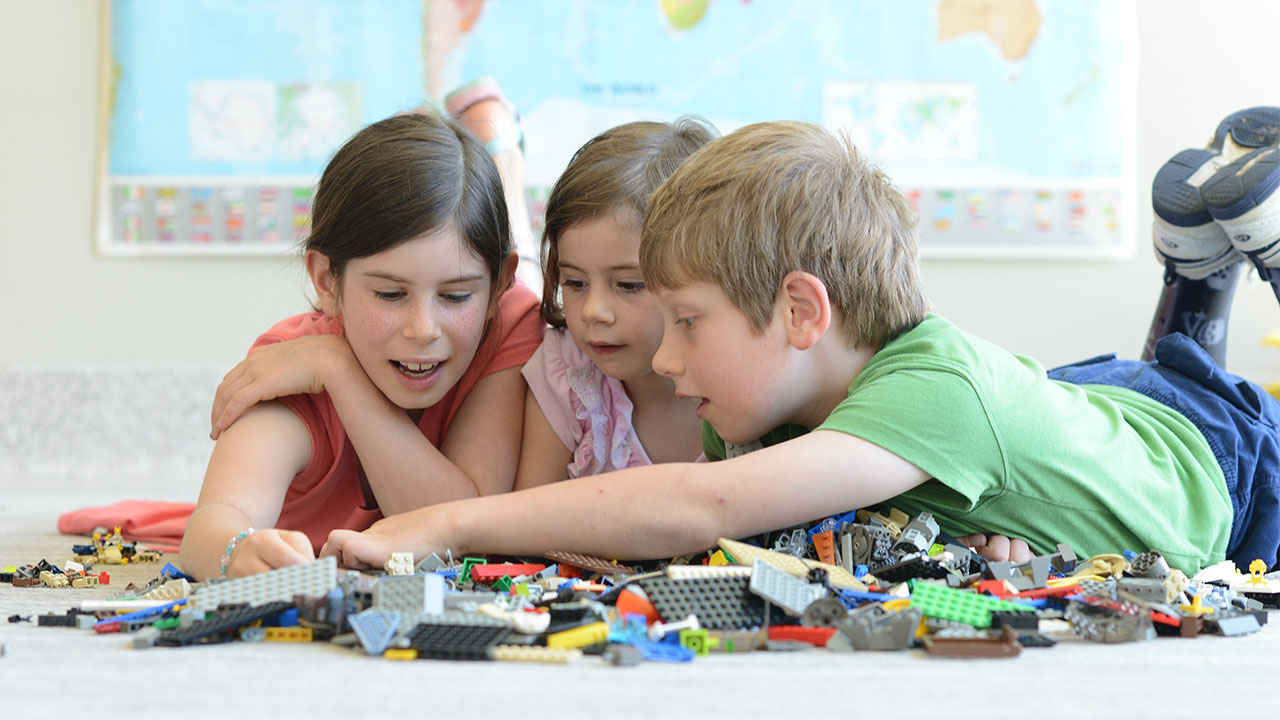Mental health is just as important as physical health—and it starts at home. Families play a vital role in recognizing early signs of mental distress and creating a nurturing environment where every member feels supported. In today’s fast-paced, digitally connected world, promoting mental wellness within the family has never been more crucial.
In this article, we’ll explore how to identify early warning signs of mental health struggles in children, teens, and adults, and share practical ways to build a strong, emotionally healthy family environment.
Why Mental Health in the Family Matters
A family is often the first line of defense when it comes to mental health. Whether it’s a child dealing with anxiety, a teen struggling with depression, or a parent under stress, recognizing and addressing these issues early can:
- Prevent long-term mental health conditions
- Strengthen family relationships
- Improve communication and trust
- Promote emotional resilience across all generations
Recognizing Signs of Mental Health Challenges
Mental health struggles can manifest differently in children, teenagers, and adults. Being aware of these signs helps with early intervention and appropriate support.
🧒 In Children:
- Persistent sadness or irritability
- Sudden mood swings or tantrums
- Withdrawal from family or friends
- Decline in school performance
- Changes in eating or sleeping habits
- Physical complaints with no medical cause (e.g., headaches, stomachaches)
👩🎓 In Teenagers:
- Isolation or lack of interest in activities they once enjoyed
- Fatigue and lack of motivation
- Trouble concentrating
- Risky behavior or substance use
- Low self-esteem or negative self-talk
- Talking about feeling hopeless or worthless
👨👩🦳 In Adults:
- High levels of stress or burnout
- Changes in sleep or appetite
- Increased irritability or anger
- Feelings of guilt or helplessness
- Withdrawal from social or family interactions
- Difficulty maintaining work-life balance
How to Create a Supportive Mental Health Environment at Home
A family that prioritizes emotional well-being creates a safe and supportive atmosphere where individuals feel seen, heard, and valued. Here’s how you can do it:
💬 1. Open Communication is Key
- Encourage open dialogue about feelings
- Listen without judgment or interruption
- Normalize talking about mental health
- Ask simple, open-ended questions like, “How are you really feeling?”
🕊️ 2. Foster Emotional Safety
- Create an environment where all emotions are accepted
- Avoid harsh criticism or punishment
- Let each member know their feelings are valid
🧠 3. Educate About Mental Health
- Teach children that mental health is just as important as physical health
- Use age-appropriate language to explain emotions and stress
- Share resources like books, videos, or websites to improve awareness
🧘 4. Encourage Healthy Coping Mechanisms
- Practice stress-relief activities together (e.g., exercise, journaling, mindfulness)
- Support hobbies and creative outlets
- Set healthy boundaries for work, school, and screen time
🕰️ 5. Spend Quality Time Together
- Schedule regular family meals or game nights
- Encourage bonding through shared interests
- Use this time to check in emotionally, not just talk about tasks
🧑⚕️ 6. Seek Professional Help When Needed
- Don’t hesitate to contact a therapist, counselor, or pediatric psychologist
- Family therapy can be helpful for improving communication and conflict resolution
- Early intervention leads to better outcomes
Teaching Children Emotional Intelligence Early
The earlier children learn to name and manage their emotions, the better they’ll handle life’s challenges. Help kids build emotional intelligence by:
- Labeling emotions (“You seem frustrated because…”)
- Teaching deep breathing and calming techniques
- Praising efforts to express themselves in healthy ways
The Role of Parents as Mental Health Role Models
Parents set the tone for emotional health at home. Be a role model by:
- Practicing self-care and managing your own stress
- Apologizing and admitting mistakes openly
- Seeking help when you’re overwhelmed
- Showing compassion to yourself and others
Conclusion: Building a Mentally Strong Family
Mental health in the family is about awareness, connection, and consistent care. By recognizing the signs of distress and fostering a nurturing environment, families can build stronger bonds and ensure that everyone—from toddlers to grandparents—feels supported and understood.
You don’t need to have all the answers—just start with empathy, open communication, and a willingness to grow together. A healthy mind begins at home.


Leave a Reply